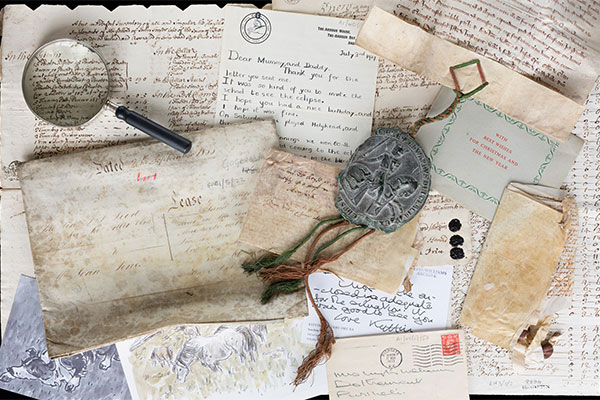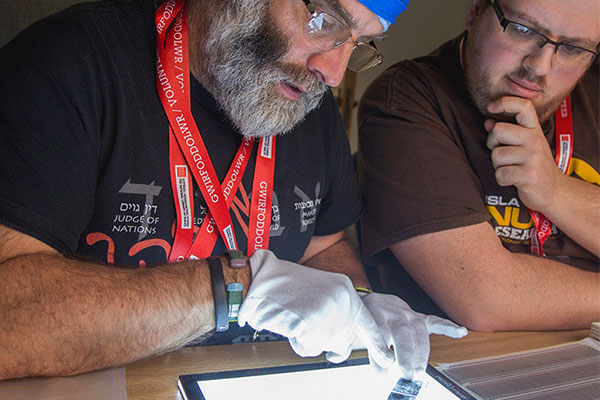Migrating to Patagonia
During the 19th century a large number of Welsh people emigrated in the hope of a better life – there was no work, and many live in poverty. The attraction of new life and a brighter future was strong. Many flocked to the industrial areas of America, where Michael D. Jones established societies to help them maintain their identity, but they were under pressure to learn English and to adopt American culture. Michael D. Jones felt that the only way to safeguard the Welsh language and culture was to established a colony and he turned his attention to Patagonia. He realized that Patagonia was an ideal location to build a Welsh settlement as the isolation would protected them from outside influences. He worked diligently in Wales to try to recruit potential migrants and sent Lewis Jones and Captain Love Jones-Parry to Buenos Aires in 1862 to negotiate with the government of Argentina. They succeeded in securing 25 cuadra (about 100 acres) of land for each family. On May 28, 1865, 153 Welshmen sailed on the Mimosa, but on landing on the wasteland on 28 July 28 1865 they quickly realized that the country was not as ideal as had been suggested, with no water, almost no food or shelter. The situation gradually improved as the settlers worked hard to build the foundations of society. They constructed simple homes, learnt to hunt like the natives, planted crops and built canals to bring water from the river Camwy to irrigate and fertilize the land. A railway was later built to connect the town of Gaiman, Chubut and Puerto Madryn.
The Welsh population increased to around 700 and by 1883 the Welsh turned their attention to the Andes in search of farmland. They discovered Cwm Hyfryd in 1885 and established a new colony there in 1891.
By the late 19th century there were around 4,000 people of Welsh descent living in Chubut and the last major migration from Wales took place just before the First World War. The Welsh language declined gradually as the settlers increasingly assimilated with Argentine life, through mixed marriages and as they move to find work. Spanish became the main language of the younger generation. Nevertheless, the language and the relationship between Wales and Patagonia strengthened again with the founding of the Wales-Argentina Society in 1939 and following the centenary celebrations of the first landing in 1965.





